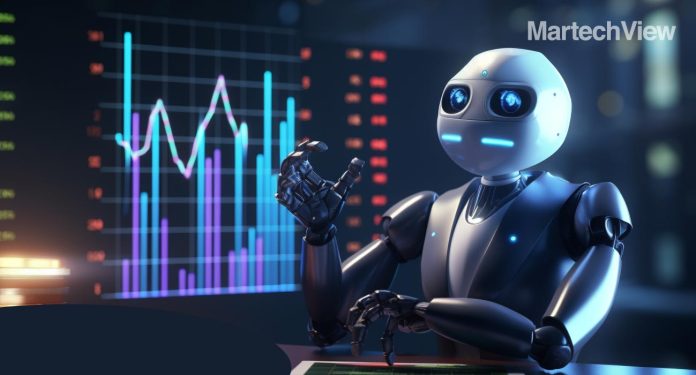The “Global Humanoid Robots Market: Insights and Forecast with Potential Impact of COVID-19 (2022-2027)” report has been added to ResearchAndMarkets.com’s offering.
The global humanoid robots market is predicted to rise to US$3.04 billion in 2023, progressing at a CAGR of 41.16%, during the forecast period.
Humanoid robots are service robots with body shapes designed to imitate human bodies. Humanoid robots are utilised in power plant inspection, maintenance, and disaster response to relieve human workers of hard and risky jobs. They are also prepared to take over ordinary activities for astronauts during space travel.
Humanoid robots with artificial intelligence algorithms are widely used in the healthcare sector as medical assistants and training aids because they can do laborious and difficult tasks from a variety of body positions. As a result, rising demand from the healthcare industry is one of the primary factors driving the demand for humanoid robots in the coming years.
Asia Pacific held the dominating share in the market owing to growing availability of most sophisticated and advanced robots at lower prices along with the large number of players present in the APAC region. In North America, the US is expected to be the fastest growing region in the forecasted period.
Whereas, in Europe region, Germany held major share in the market owing to the increasing adoption of humanoid robots by the industrial verticals due to modernization and industrialization in the region, surge in demand for automation in personal and professional sector, and increasing number of elderly care centres.
Driver: Accelerating Adoption for Educational Purposes
These robots assist educators in teaching as well as help enhance the students’ motivation, engagement, and concentration. In addition to these abilities, the humanoid robots enable educators to create an enhanced interactive education session, which is propelling their adoption and bolstering the market growth.
For instance, SoftBank Robotics’ humanoid robot, Nao, is transforming how STEM (science, technology, engineering, and math) education is conducted in schools. It has also been touted to be of immense benefit for children with special needs. Moreover, the use of these robots for teaching languages is another factor bolstering the market growth. Hence, with growing education expenditure, the adoption of these robots for educational purposes is bound to increase, which in turn, has encouraged the global humanoid robots market growth.
Challenge: High Initial Cost and Research & Development Expenses
A major challenge faced by the humanoid robots industry is the high initial cost and research & development expenses. Academic robots, programmable industrial or service provider robots, and other robots made with mass-market components may perform simple tasks and are easily available in the marketplace at a competitive price. However, in the case of humanoid robots, as the level of complexity of tasks increases, the cost of R&D incurred into it also increases.
The overall cost associated with humanoid robots includes component costs, repair, and maintenance costs, and research and development costs required for developing advanced and professional humanoid robots. The price disparity is almost 140%, which makes it impossible for the humanoid robot makers to compete. The high cost of humanoid robots acts as a major restraining factor for market growth.
Trend: Growing Demand from Retail Industry for Personal Assistance
Humanoid robots are employed in commercial or retail outlets to provide customers, demonstrate components, and help to gather customer data effectively such as phone numbers, zip codes, email addresses, and service feedbacks. Big retailers like Walmart and Amazon use a lot of different robots in their warehouses and retail stores to do the jobs like inventory management and to deliver unique experiences to the customers. The growth in retail sales would lead to rising adoption of humanoid robots.










